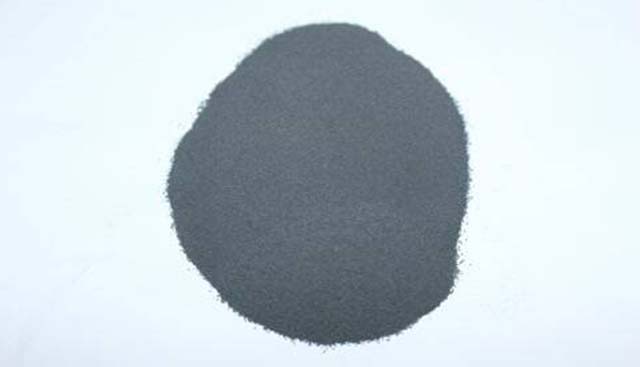

current position:Information and data>Preparation process of high-density cemented carbide
Preparation process of high-density cemented carbide

Tungsten alloy is a two-phase alloy with higher density, also known as high-density cemented carbide. High-density tungsten alloys are currently not only widely used in aviation, aerospace, weapons and other military industries, but are also increasingly used by people in the civil industry. Today, the editor of wococarbide.com will introduce the preparation process of high-density tungsten alloy.
The preparation process of high-density cemented carbide is as follows:
1. Composition design
In high-density tungsten alloys, the tungsten content is generally 85-98wt%. In addition to W, the elements that are contained in high-density tungsten alloys are Ni, Fe (Cu, etc.). When preparing high-density tungsten alloys, elements or compounds such as Mo, Ta, Re, and La are also added.
2. Flour milling
The use of powders with high purity, small particle size and good uniformity will produce alloys with excellent mechanical properties. In the field of powder milling, nano-powders are a research hotspot, and there are mainly the following two categories:
1) Spray drying method
The spray drying method is the first choice to prepare the original salt solution of certain ingredients. The salt solution includes tungstate and metal chloride, etc., and small droplets are formed after the solution is atomized. Due to the rapid evaporation of the solvent and the rapid deposition of the solute in the small droplets, a powder crystal with a uniform chemical composition will be obtained.
2) Mechanical alloying method
The mechanical alloying method is to select a certain proportion of tungsten alloy initial powder and metal balls into the ball mill. The powder undergoes cold welding and multiple deformations under the action of the metal balls at unequal speeds, and finally obtains a finer structure and a relatively high composition. Uniform composite powder.
3. Forming
The more traditional tungsten alloy forming process is compression molding, and the new alternative process is powder extrusion and powder injection molding. Because these two methods mix the tungsten alloy powder with the forming agent and then extrude and inject it into the forming machine, they have significant advantages in preparing parts with complex shapes. In addition to powder extrusion molding and powder injection molding technology, The addition of forming agent makes it have a wide range of applicability.
4. Sintering
Since the solid-phase sintering method has relatively high requirements on the size of the original powder of the alloy, the liquid-phase sintering method has a long sintering time and is easy to cause collapse and deformation. Based on the advantages and disadvantages of the two, a two-step sintering process of solid phase sintering + liquid phase sintering was proposed. Due to the smaller deformation during the two-step sintering, the obtained tungsten alloy structure is more uniform, and the material properties will be greatly improved, so the two-step sintering is more widely used. In addition, the newly developed microwave sintering and spark plasma sintering technologies are also being promoted and used in recent years.
Hot information

